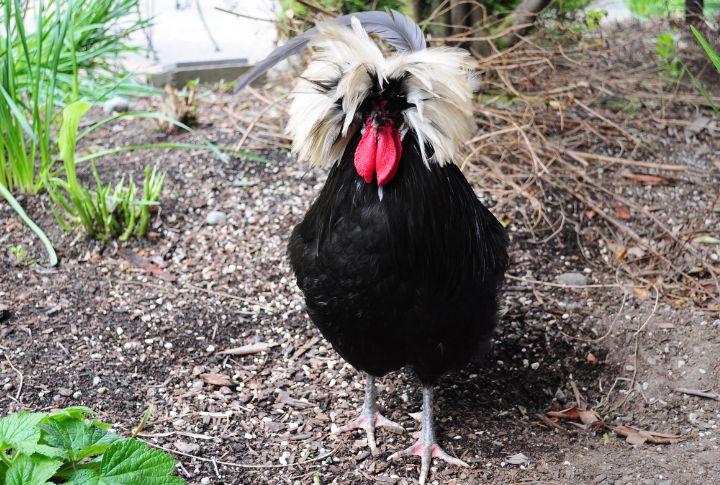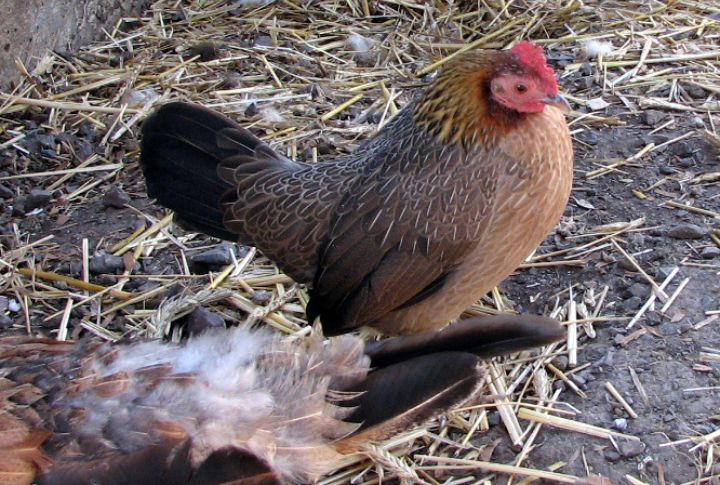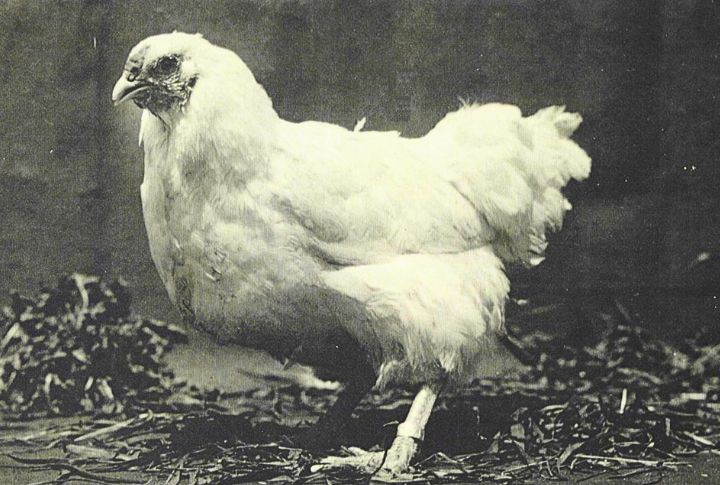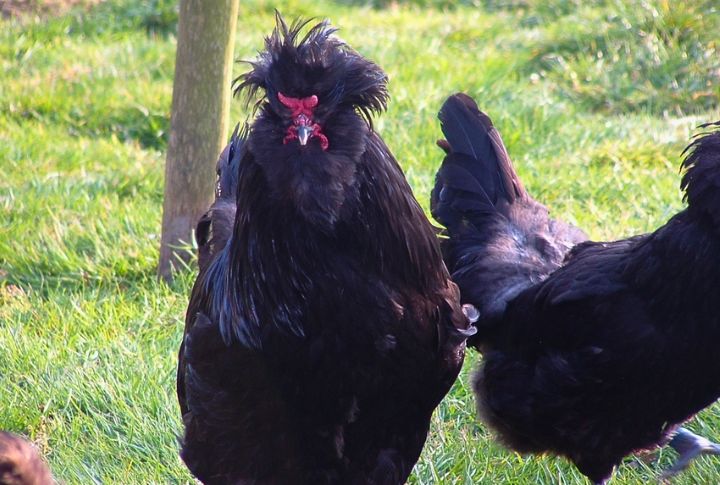
Raising chickens sounds easy—until you meet the ones that challenge that idea. Certain breeds bring more flair than function, and managing them can quickly feel like a full-time job. Curious about which ones to skip? The names on this list may surprise you.
Malay

Malay chickens are tall, tough, and not the easiest birds to handle. If you’re looking for a calm and beginner-friendly flock, this breed probably isn’t your best bet. Their aggressive streak makes them hard to keep with others, and they don’t lay many eggs either.
Polish

With those wild, poofy crests, Polish chickens definitely stand out—but those feathers tend to block their view. That limited vision makes them skittish and an easy target for bullying. In colder regions, the need for extra warmth makes them more high-maintenance.
Gamefowl (Old English Game)

Originally bred for fighting, Old English Gamefowl still carry that combativeness in their blood. Unless you’re highly experienced, mixing them into a calm backyard setup can create more stress than it’s worth. Their fiery nature often leads to trouble around more docile breeds.
Silkie

Silkies are fluffy and charming and win people over on looks alone. They’re more suited for show than practicality since their feathers soak up water easily and leave them cold and damp. On top of that, don’t expect many eggs from these soft-feathered chickens.
Chantecler

While they’re known for tolerating frigid temperatures, Chanteclers can be standoffish and slow-growing. This combination makes them less efficient for meat production and not suitable as a social flock. Some owners find this reclusive habit frustrating when seeking interaction.
Crevecoeur

These elegant French chickens have a calm demeanor and a sophisticated appearance, but the large crests can be a problem. Unfortunately, that crest limits their visibility, making them easy targets in a rougher flock. They also struggle in damp conditions and need consistent shelter from the elements.
Campine

If under-challenged, Campines may start picking fights or flapping their way into trouble. They are always on the move and hate being cooped up too long. The constant movement and need for stimulation make them difficult to manage in compact spaces.
Sumatra

Their sleek black feathers and wild look often catch people’s attention, but Sumatras don’t offer much in terms of utility. These birds are naturally skittish and hard to tame. Since they’re poor egg layers and not especially friendly, they’re more effort than a reward.
Phoenix

These birds dislike confinement and easily startle during handling. With tail feathers that seem to go on forever, Phoenix chickens demand a surprising amount of maintenance. Their need for space and their constant motion make them a better fit for highly experienced keepers.
Sebright

Sebrights bring eye-catching beauty to any flock, though their small size leaves them exposed to predators. They often suffer from fragile health and don’t adapt well to harsh weather. Handling these birds with care becomes essential to avoid injury or illness.

